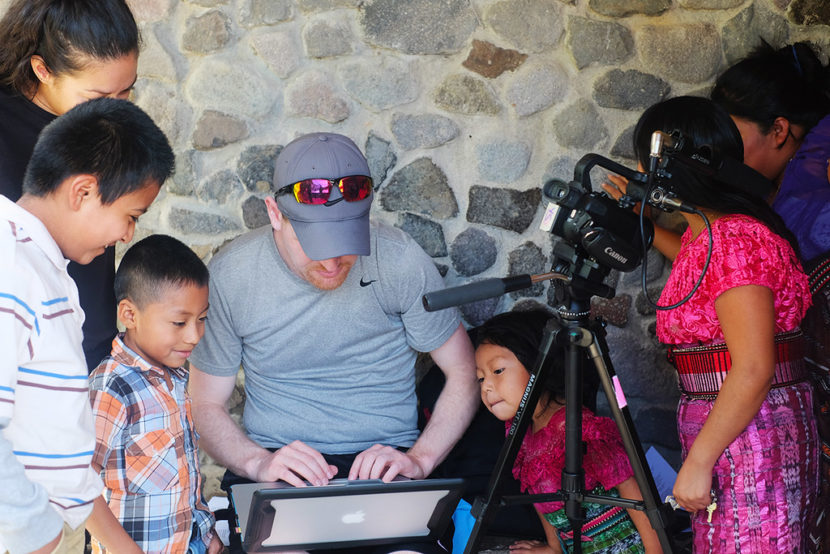THE FOUR STAGES OF DOCUMENTARY STORYTELLING
The production process is an integral part of creating any form of creative content, regardless of its length or medium. It’s a structured system designed to guide creators, especially documentary storytellers, through the journey of crafting their narrative. This process becomes particularly crucial when you delve into stories that are not inherently your own. Venturing into unfamiliar communities to tell their stories can indeed be daunting. However, understanding the production process can significantly ease this challenge.
The documentary storytelling process consists of four key stages: research, planning, documenting, and editing. Each stage features clear milestones that, when completed, indicate when you are prepared to move to the next step.
Stage #1: Research
The goal of the research phase is to help you figure out what story you want to tell. Research can include interviewing individuals, reading/watching/listening to relevant content, exploring place or ideas. It also involves thinking. Being thoughtful about what you want to contribute to what already exists.
The research phase is complete once you decide upon the key story elements. If your story is actively unfolding, you can make your best, well-researched guess as to what you expect to happen. Great storytellers always have an intention for their stories.
Character. Who is the story about? This can be an individual or a group protagonist. Animals or objects can also be characters, if you are able to humanize them in some way.
Conflict. What does the character want and why is it a struggle to get. There must be some kind of problem or lack or need or desire that motivates the story. What is the goal that the audience is tracking.
Stakes. Why is the goal important or how does the struggle get harder? What meaningful details can be strategically shared throughout the story to increase the tension and the hopes that the goal is achieved?
Arc. How does the character change as a result of their struggle? How are they personally transformed either physically, emotionally, spiritually or something else.
Resolution. Does the character get what they want and how? The most satisfying ending to any story is “yes, but in an unexpected way.”
You are ready to move to the next stage of documentary production once you can answer the above questions.
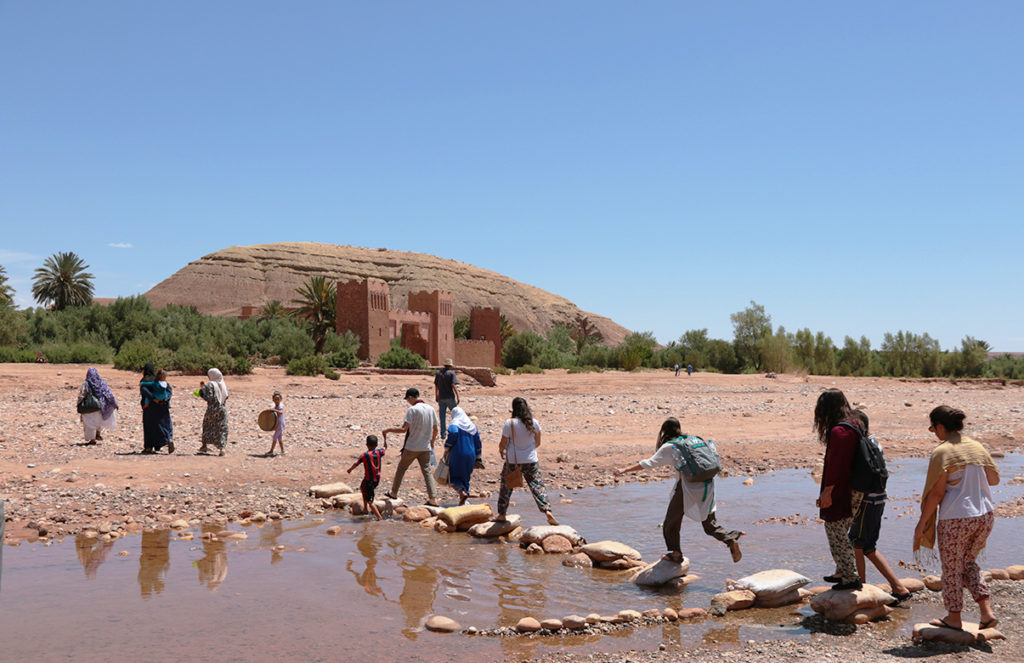
Stage #2: Planning
The goal of the planning stage is to figure out how you are going to tell the story. Nonfiction stories are just a small part of someone’s actual life. Where do you being the story, how does it proceed, what information do you include and where does it end? To help clarify how to tell the story, you can use a traditional structure to help plot it out.
If you have ever seen a Disney animated movie, you are familiar with Hero’s Journey Story Structure. This is a classic storytelling structure, codified by analyzing the similarities of many different civilizations longstanding myths and legends. Humans have told stories the same way for thousands of years. By leveraging a storytelling structure that is proven, your story will connect with a wider audience.
Hero’s Journey is long, complex and best suited for epic tales. But there are many, easy to use story structures that can help you get organized and create a better flow.
Here is a link to 11 different kinds of storytelling structures, with easy to understand examples using social media marketing. https://blog.bufferapp.com/storytelling-formulas
You are ready to move on to the next stage of documentary production once you have a good sense of the structure of your story.
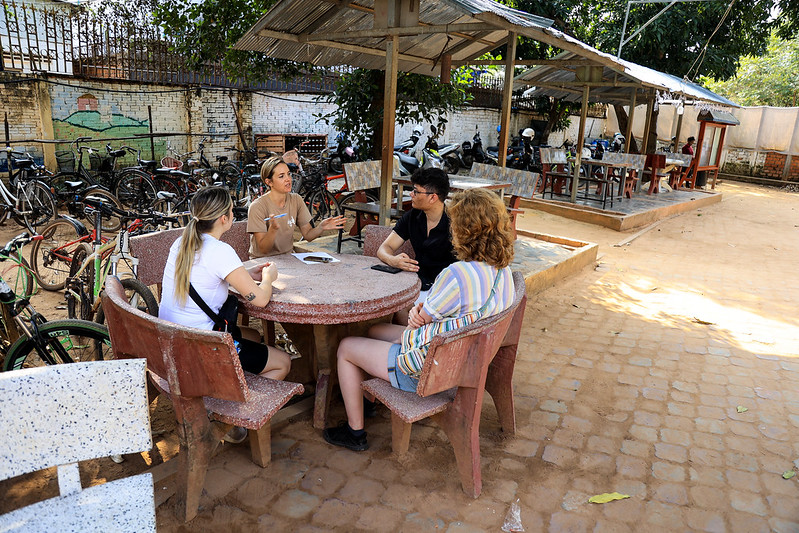
Stage #3: Documenting
The goal of the documenting stage is to gather the visual and audio pieces needed to tell the story. This is all the activities that most people thinking ‘making a documentary’ is about. Recording interviews. Documenting events. Sometimes creating re-enactments. Ideally, you can create a wish list of scenes and interviews based on your story structure and then schedule the recording sessions whenever you can access them.
An important part of the documenting process is to review and reflect. You should download, backup and then review the images and audio you record within 24 hours and definitely before you head out for another session of documenting.
Were you successful in documenting the scenes or interviews you needed?
Do you like the way it looks and sounds or should you make improvements?
Did you make any significant mistakes that you don’t want to repeat?
What did you learn from this particular experience that will be helpful for the future?
How do you know when the documenting stage is complete? It is when you can consult your notes on the ever-evolving structure of your story and realize you have all the visual and audio pieces that you need to say what you intended.
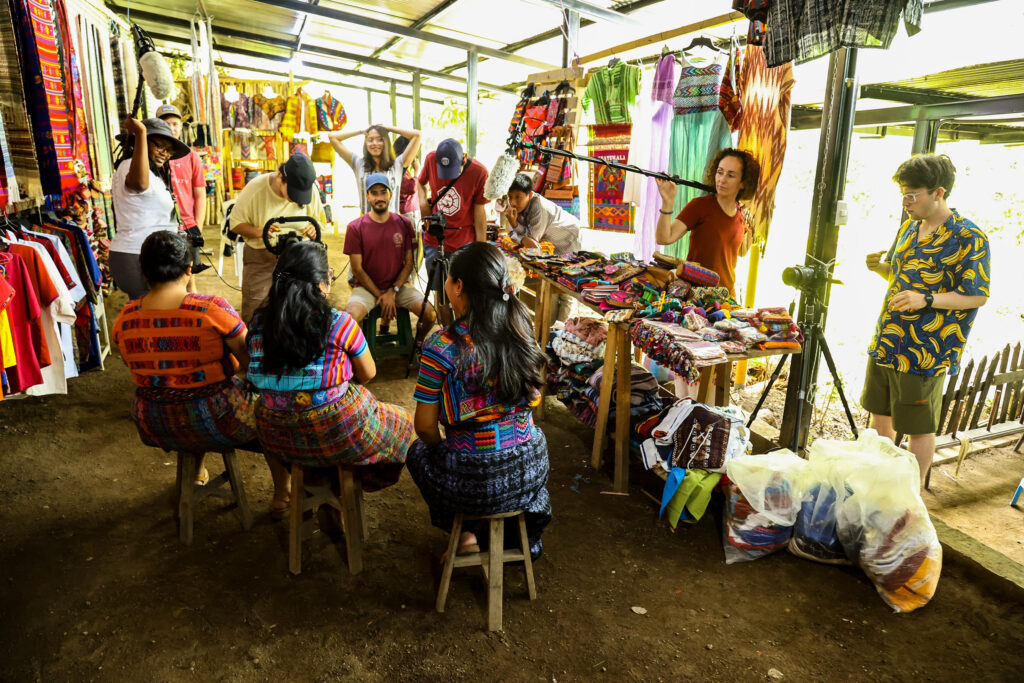
Stage #4: Editing
The goal of the editing stage is to figure out how to arrange the assets you gathered for the greatest emotional impact on the audience. Regardless of the plans you made, this is the time to review what you actually recorded and find the best story with what you have.
One of our favorite tools to use in this stage is the paper edit. Step away from the computer and use notecards or sticky notes to write down each visual scene or important sound clip. Once you have written down all the assets you are working with, try out different structures by moving the notes around on the table or on a wall. Lay them out like an editorial timeline, and imagine how the story flows when you switch things around, add something in, or take things away.
Once you have built the story with notecards, you can match up the editorial timeline with the same intention. Using a paper edit allows you to see the entire story at once and make better decisions with the big picture in mind.
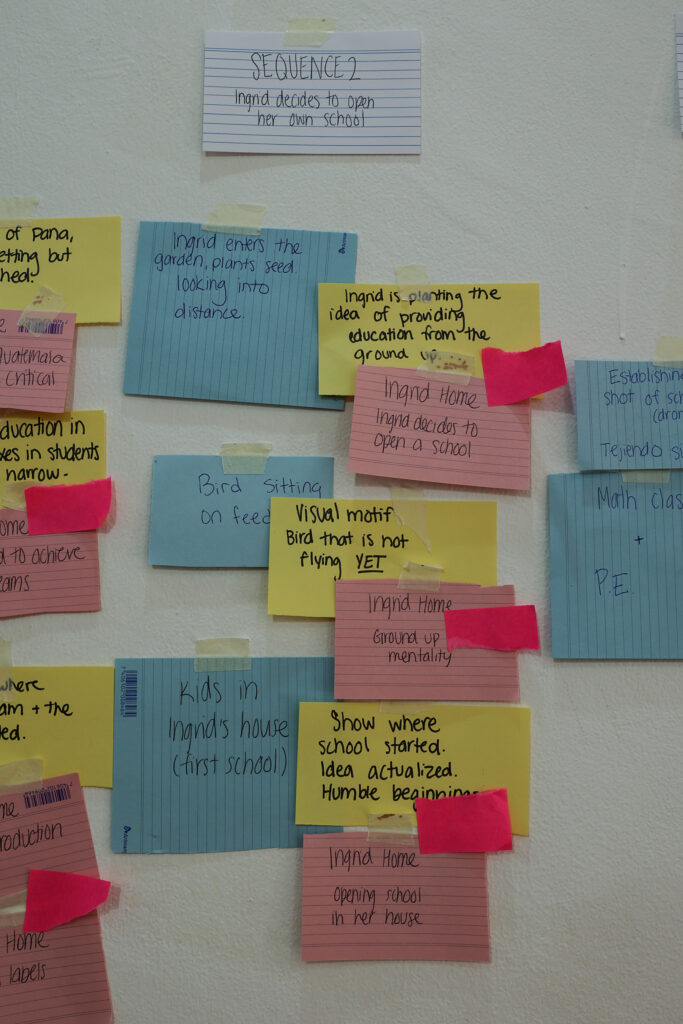
Looking at the documentary production process in four distinct stages with specific milestones makes it much less daunting. It allows you to break down bigger storytelling project into achievable goals and ensures that you make the rights decisions at the right time. The workflow is not one way. As you make progress, get more information, and want to shift the focus of your stories, the production process can become cyclical, to guide you through revisions. You can always go back and start the process over again. The more you practice thinking through the production process, the faster and easier it gets.

